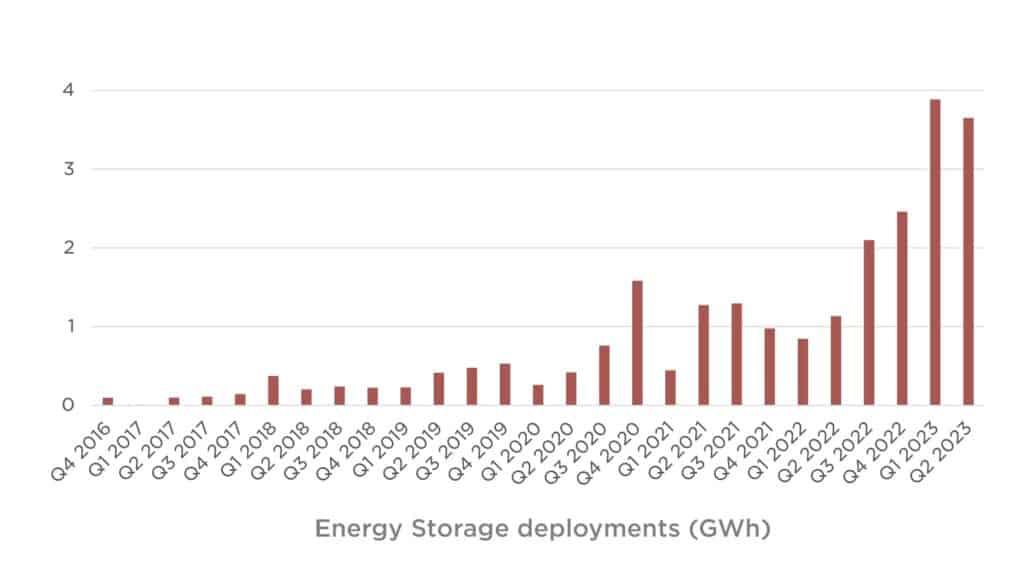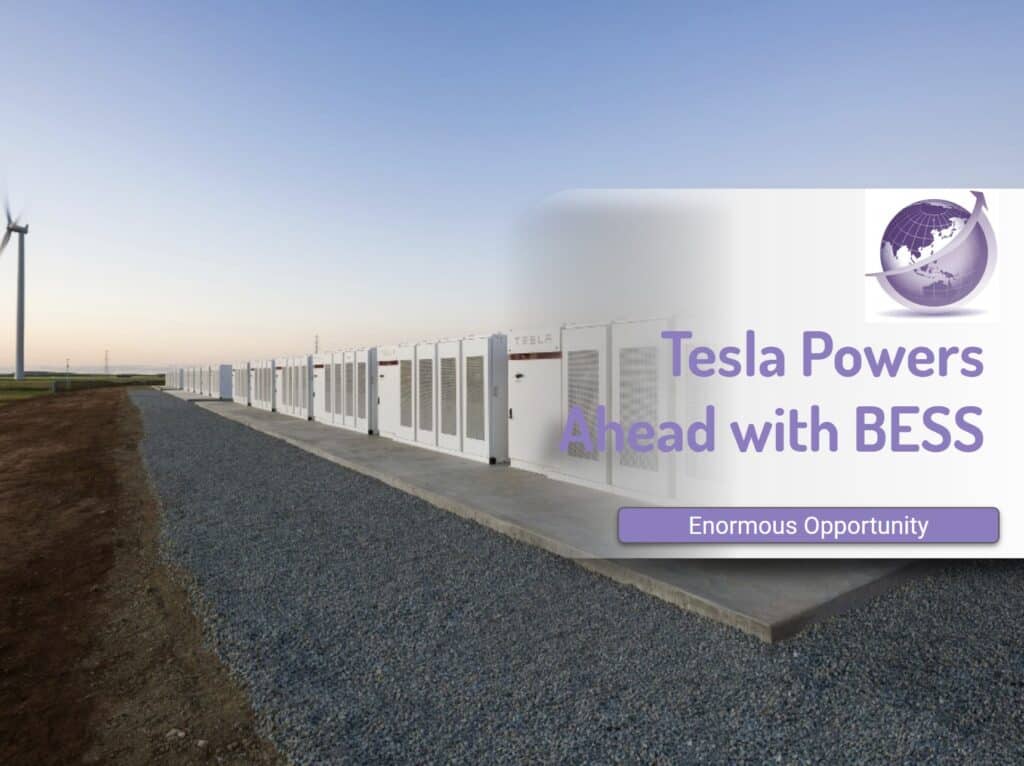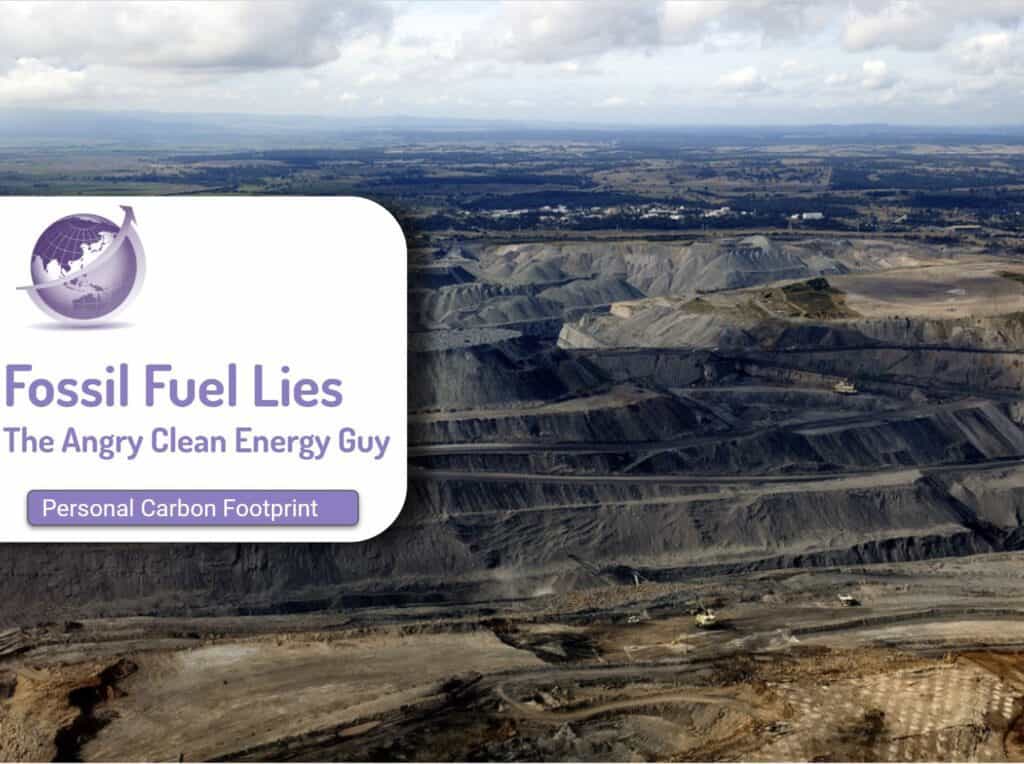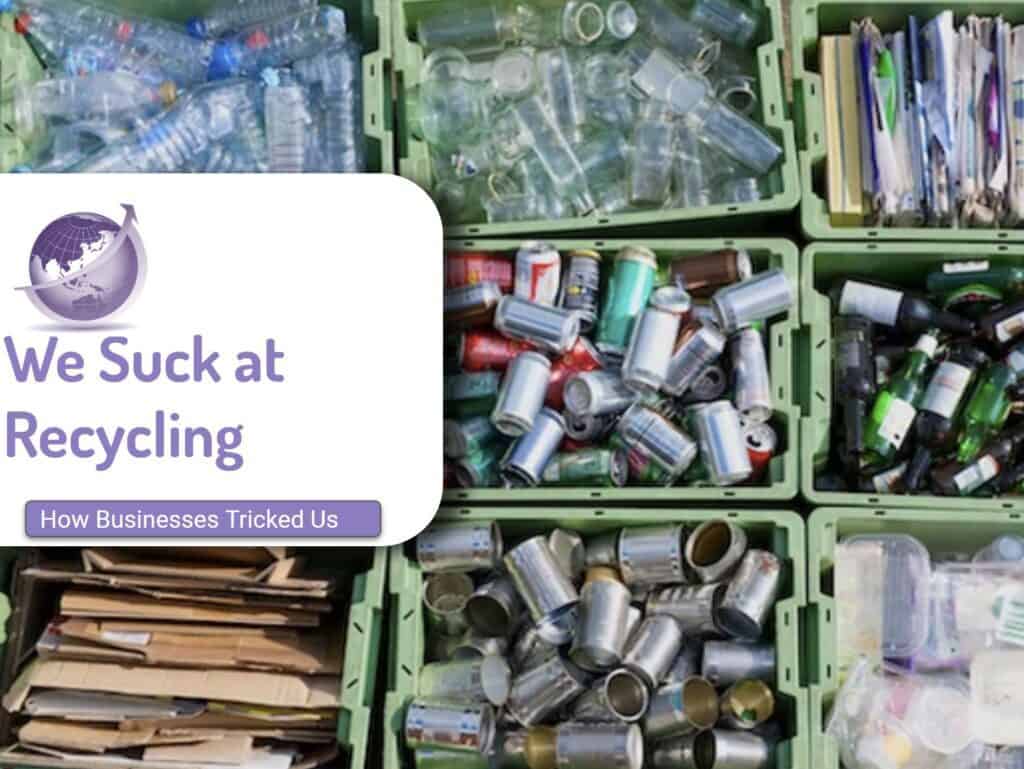The grid-scale batteries from Tesla, called Megapacks, have been in the Tesla investor community news. Tesla introduced a small home pack (Power Wall) in 2015, and released Powerpacks and Megapacks in 2018. The opportunity for grid-scale batteries has been clear for the past 5 years but many have been unaware of the market opportunity. Battery Energy Storage Systems or BESS, are now seen as an essential part of renewable energy networks, and the Tesla Megapack is the most well-known. However, the lack of supply of batteries, along with apparent unlimited demand suggest that competition is unlikely to depress prices for at least a decade and there is ample opportunity for anyone in this market.
How much will Tesla Ramp Up Megapacks?
This article assumes Tesla and others will rapidly scale, but there has been minimal guidance by all companies on the scope of the ramp. Best guess is at least 10 x and up to 100x. Tesla has announced 3 expansions
- Lathrop Californian. In production to scale to 10,000 MegapackXL pa or 40GWh
- Shanghai (Apr 2023) with factory build in 2024 and production from Q4-2024 for 10,000 units or 40 GWh (updated Dec 2023)
- Giga Nevada expansion with an increased battery production from 36GWh per year increasing by 100GWh (for vehicles including Semi, vehicles & grid batteries)
- Production by Tesla is about 16GWh per year run rate by June 2023.

Grid-Scale Batteries Uses
- Unlimited demand
- Multiple uses in communities, commercial and industry as more industries move to “behind the meter” renewable electricity generation.
- Replacement alternative for traditional gas peaker plants. Peaker plants are typically used to meet peak demand for electricity, but increasing cost of gas, and as the operate for only limited time, they can be costly to operate and maintain. The number of gas speaker plants is over 1000 in the USA and 2900 globally. Almost all could be replaced with batteries and wind and solar.
- Batteries, on the other hand, are a more efficient and cost-effective alternative, as they can be quickly charged and discharged as needed to meet changing demand.
- In EV charging infrastructure. A Tesla Semi requires a MWh of energy to fully recharge in 30 minutes. Most EV charging stations will need at least multiple megawatt hours of energy storage onsite at fast chargers to avoid increased network supply. As companies build up solar on site, batteries will provide storage to match supply and demand.
Benefits of Grid-Scale Batteries
While storage is the primary use, other benefits of grid-scale batteries are their ability to provide ancillary services to the grid. These services include
- Store excess energy when it is generated, and then releasing it when it is needed. As batteries respond within milliseconds, this demand supply can be as small as a second or two or up to hours. The addition of 25 GW of rooftop solar in Australia has resulted in a “duck curve” of demand during the middle of the day. In South Australia, wind and solar supply was over 100% for over 10 days When the sun sets, the demand for energy from 6 to 9pm is not met by solar. Batteries provide this time shifting – charging when surplus electricity, and discharging in demand conditions.
- Frequency regulation, which helps to maintain the stability of the grid. While the frequency services by the Hornsdale battery in South Australia, the reported revenue of over $90m and payback within 12 months is an exceptional case.
- Voltage support, which helps to ensure that the voltage on the grid remains within a safe range. Previously, the spinning turbines in coal, gas or hydro provided this inertia. Engineers then moved to large capacitors, and more recently the inverters from wind and solar provide voltage stabilisation using invertersNoted is that the Hornsdale battery was upgraded to provide this “inertia” of up to 2GW using grid forming inverters (report here)
- Provide backup power during outages, which can be especially important in communities that are prone to natural disasters. Western Australia has aggressively added wind, solar, and batteries to provide stability in their far flung network

Revenue from Arbitrage
In this Renew Economy article, the value of batteries in 2022 set records, and as synergy pointed out were the highest they have been. Normally they are about $100 MWh, but in 2022, they went as high as $400.

Tesla Megapack Progress
Since Megapack announcement in 2018, Tesla has been battery-cell-constrained. Tesla has been making these in Nevada, but in October 2022, Tesla commissioned a “Megagactory Gigafactory” in Lathrop, California. Production has soared and on target to 10,000 units per year or 40GW. On the earnings call for Q4 2022 (and full year 2020)
- Energy revenues soared +90% YoY
- Gross Margins jumped to a record 12.1% from 9.3% in 3Q (and -7.4% in 2021 4Q).
- Production doubled
Some analysts are forecasting energy revenues up 150% to $10.1B and Energy gross profits up +214% to $907M
Construction of a Megapack production factory in China is underway. The production capacity is 10,000 units for 40GW per year. Tesla has ceased production of Megapacks in Reno Nevada.
Projected Revenue and Gross Profit for Tesla
Warning: These forecasts are based on Tesla continuing to execute on Master Plan 3 to provide at least 10% of the 250TW of a required battery capacity needed to decarbonise globally. That they can – it is possible. That they will – is conjecture,


Assumptions
| Variable | Assumption |
|---|---|
| Gigafactory Output (GW per year, eg Lathrop, CA) | 38 |
| Number built per year (new factories needed) | 2.2 |
| Megapack Capacity (MWh) | 3.8 |
| Tesla Revenue ($/kWh) | 500 |
| Tesla COGS ($/kWh) | 250 |
| Revenue per Megapack ($M) | 1.9 |
| Maintenance Revenue (annual) | 2% |
| Gross Margin (inc $35kWh IRA) | 50% |
| Year | Units | GWh | GWh (cumulative) | Revenue (B) | GP(B) | Maintenance | GP (B) |
|---|---|---|---|---|---|---|---|
| 2018 | 1.0 | 1.0 | $0.0 | $0.0 | $0.0 | $0.0 | |
| 2019 | 421 | 1.6 | 2.6 | $0.8 | $0.0 | $0.0 | $0.0 |
| 2020 | 789 | 3.0 | 5.6 | $1.5 | $0.0 | $0.0 | $0.0 |
| 2021 | 1,050 | 4.0 | 9.6 | $2.0 | $1.0 | $0.1 | $1.1 |
| 2022 | 1,726 | 6.6 | 16.2 | $3.3 | $1.6 | $0.2 | $1.8 |
| 2023 | 12,253 | 47 | 63 | $23 | $12 | $0.6 | $12 |
| 2024 | 34,253 | 130 | 193 | $65 | $33 | $1.9 | $34 |
| 2025 | 56,253 | 214 | 407 | $107 | $53 | $4.1 | $57 |
| 2026 | 78,253 | 297 | 704 | $149 | $74 | $7.0 | $81 |
| 2027 | 100,253 | 381 | 1,085 | $190 | $95 | $10.8 | $106 |
| 2028 | 122,253 | 465 | 1,550 | $232 | $116 | $15.5 | $132 |
| 2029 | 144,253 | 548 | 2,098 | $274 | $137 | $21.0 | $158 |
| 2030 | 166,253 | 632 | 2,729 | $316 | $158 | $27.3 | $185 |
BESS Battery Energy Storage Systems
| Company | Location | Technology | Notes | Deployment | Website |
|---|---|---|---|---|---|
| Tesla | USA / Global | Lithium Ion | Most widely known, 18 months backlog - see installed base and projections | 16GWh | tesla.com/utilitiesTesla Megapack |
| Hitachi ABB | Global | Lithium Ion | Hitachi BESS | ||
| LG | Global | Lithium Ion | LG Bess Solutions | LG BESS solutions | |
| Panasonic | Global | Lithium Ion | Panasonic Europe | ||
| Redflow | Global | Zinc Bromine Flow | Started with cell phone towers, now into grid sized systems. | 3GWh | Reflow |
| Invinity | Australian | Vanadium flow | Invented over 40 years ago - number of suppliers. 25year plus life, not flammable | 65MWh | Invinity Vanadium Flow |
| IHI Terrasun | USA | Lithium Ion (LG). Integrator and project managers | 2.1GWh | IHI Terrasun | |
| Siemens | Global | Lithium ion | Pitching their systems to be integrated in wind and solar, or in conventional fossil fuel power systems | Siemens BESS Solutions | |
| Mitshubishi | Global | Lithium ion | Better know for gas and other fuels, Mitsubishi is moving into the renewablew energy and grid systems,= | Mitsubish BESS | |
| LS Energy Solutions | USA | Lithium Ion NMC from Tier 1 manufacturer | 270 projects, | 2GWh | LS Energy Solutions |
| Watsila | Global | Various | Watsila is a large engine (gas plants, generators) but use battery as part of BESS systems. Over 76GWh moving to 100% renewable energy | Wartsila |
Summary
Grid-scale batteries are becoming a popular alternative to gas peaker plants. Batteries are more efficient, cost-effective and provide additional value to the grid. Grid services include ancillary services, frequency regulation, voltage support, backup power during outages and integration of renewable energy sources. Grid-scale batteries use is growing rapidly As technology improves, growth will rapidly expand.
All manufacturers are rushing to meet the demand. The revenues and margin to Tesla cannot be understated.









